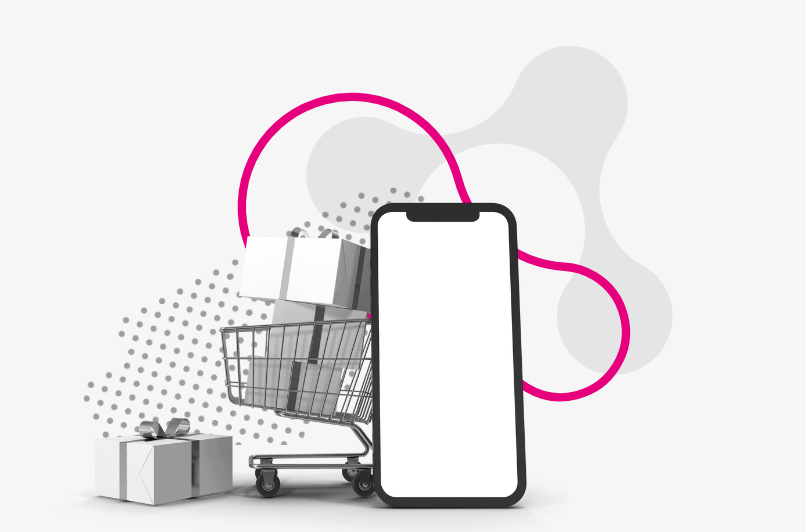More and more often, we turn to our phones to find answers to a variety of questions that arise in real time: the lowest price for a particular TV (while shopping at an electronics store), the best restaurant nearby (while strolling through town), what is…?, how to deal with…?, 100 ways to… In short, we are looking for immediate answers to questions that are relevant to us at that very moment.
This shift has significant implications for marketing communication:
- Content that responds to these questions must be optimized for mobile devices.
- The user expects content that provides a precise answer to the specific question they posed.
- It is increasingly crucial to not only consider what the potential user is searching for but also when, where, and in what context (why).
- The boundaries between the offline and online worlds are increasingly blurred, pushing marketers to adopt a more holistic approach.
The customer journey from the first interaction with a brand to the final purchase is no longer linear. During that first contact, consumers often do not think in terms of making a purchase decision. They are merely seeking an answer to their question. Before the final purchase, they may change their mind, switch devices (from phone to computer), check the brand on social media, or even visit a physical store.
As a result, it is becoming increasingly difficult to accurately track the customer journey. This is particularly true because conversion rates on mobile phones are significantly lower than on computers or even tablets. At the same time, according to the report „E-commerce in Poland 2016: Gemius for e-Commerce Polska”, the significance of multichannel behavior increased by 9% in just one year—61% of respondents confirmed that they start their shopping journey on a smartphone but finalize it on another device.
This presents challenges not only in selecting communication channels but also in measuring results. Only an analysis of multi-channel conversion paths across different devices will reveal the true impact of mobile marketing efforts. However, it is important to acknowledge that many actions will remain unmeasurable. Often, after searching for a product on a smartphone, we complete the purchase in an offline store or share product links with ourselves or others.
The growing dominance of the mobile world is driving another (r)evolution in online marketing. This shift presents both a challenge and an opportunity. Those who can leverage the new opportunities presented by the mobile world will find ways to reach a completely new audience through various channels.

O AUTORZE
Piotr Rocławski
CEO
Prezes Zarządu, głównodowodzący i założyciel Yetiza. Absolwent Politechniki Gdańskiej, uczestnik wielu szkoleń i seminariów. Od lat pochłonięty marketingiem i sprzedażą w Internecie. Działa sprawnie i skutecznie, mówi szybko, a myśli jeszcze szybciej.

